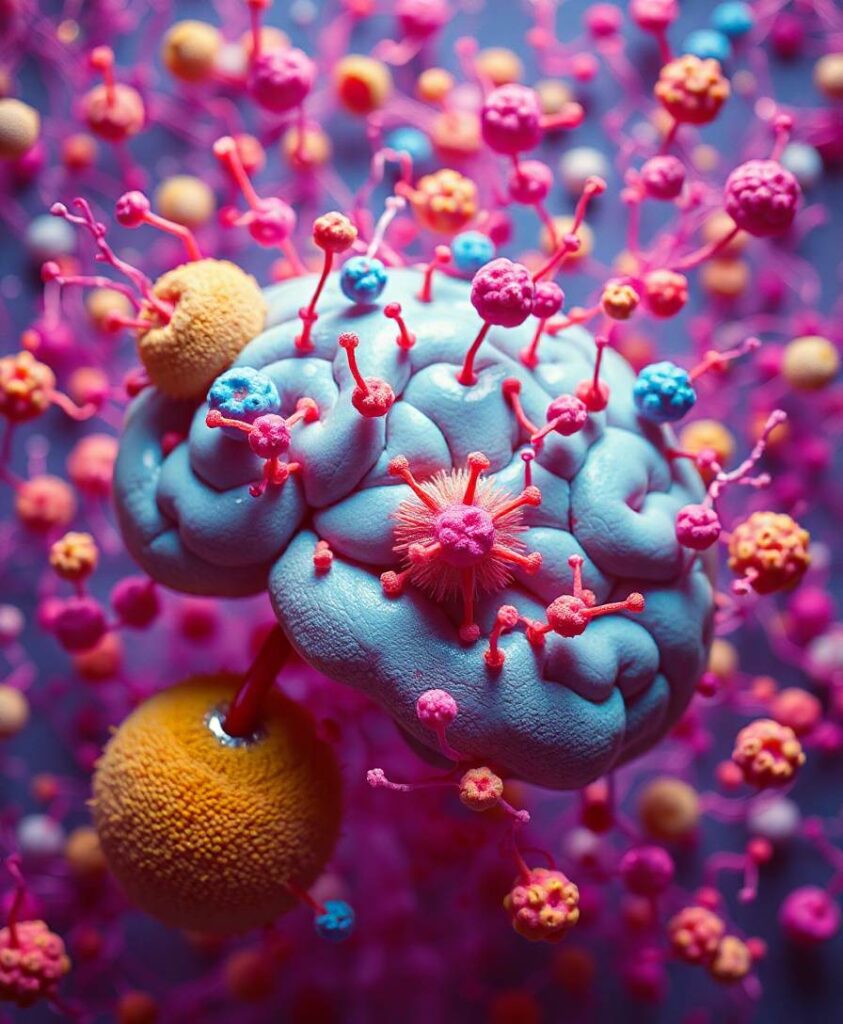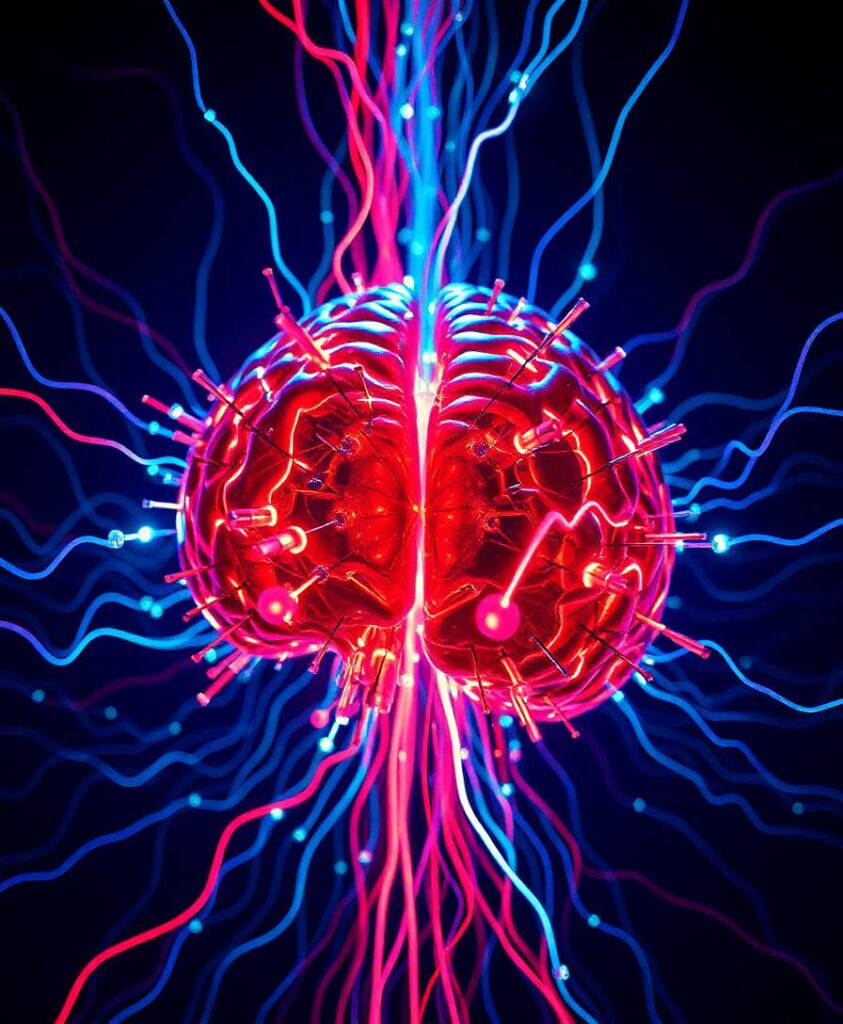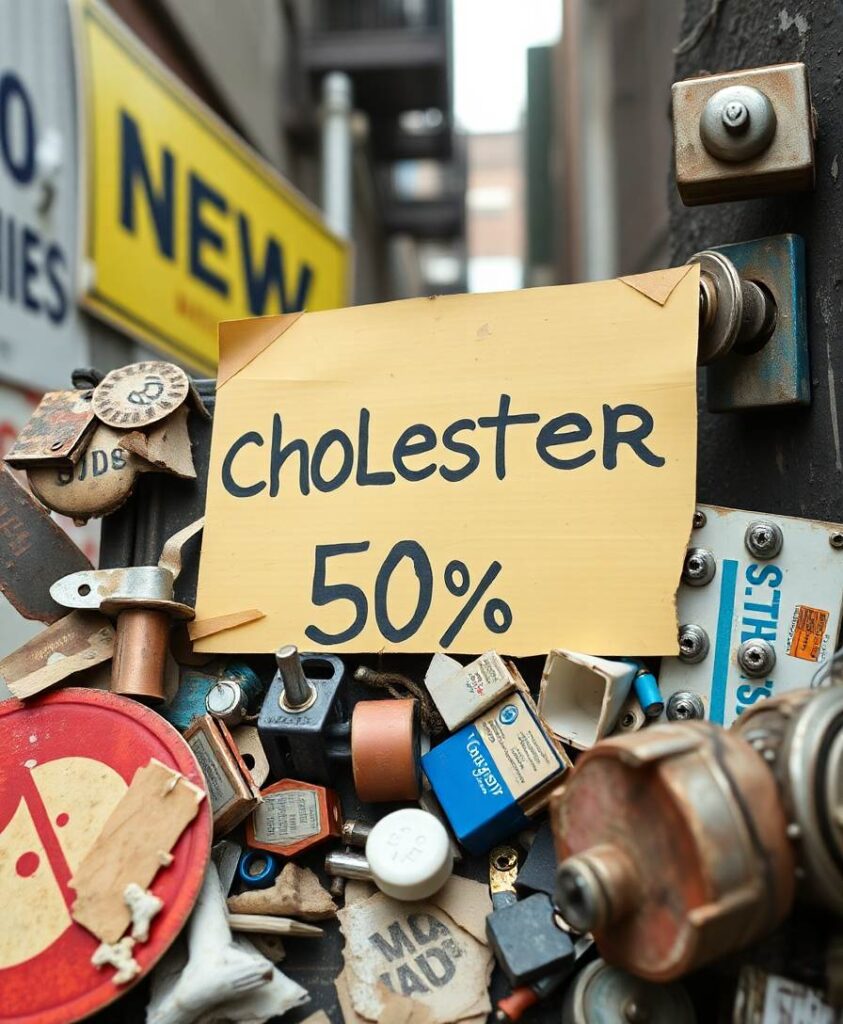BackgroundBasal forebrain cholinergic neurons are dependent on nerve growth factor (NGF) for growth and survival and these cells are among the first to degenerate in Alzheimer’s disease (AD). Targeted delivery of NGF has been suggested as a potential therapy for AD. This hypothesis was tested in a clinical trial with encapsulated cell biodelivery of NGF (NGF-ECB) in AD patients. Three of six patients showed improved biomarkers for cognition by the end of the study. Here, we report on the effects of targeted delivery of NGF on human resting EEG.Materials and methodsNGF-ECB implants were implanted bilaterally in the basal forebrain of six AD patients for 12 months. EEG recordings and quantitative analysis were performed at baseline, 3 and 12 months of NGF delivery, and analyzed for correlation with changes in Mini-mental state examination (MMSE) and levels of the cholinergic marker choline acetyltransferase (ChAT) in cerebrospinal fluid (CSF).ResultsWe found significant correlations between the topographic variance of EEG spectral power at the three study points (baseline, 3 and 12 months) and changes in MMSE and CSF ChAT. This possible effect of NGF was identified in a narrow window of alpha frequency 10–11.5 Hz, where a stabilization in MMSE score during treatment was related to an increase in EEG alpha power. A similar relation was observed between the alpha power and ChAT. More theta power at 6.5 Hz was on the contrary associated with a decrease in CSF ChAT during the trial period.ConclusionIn this exploratory study, there was a positive correlative pattern between physiological high-frequency alpha activity and stabilization in MMSE and increase in CSF ChAT in AD patients receiving targeted delivery of NGF to the cholinergic basal forebrain.




